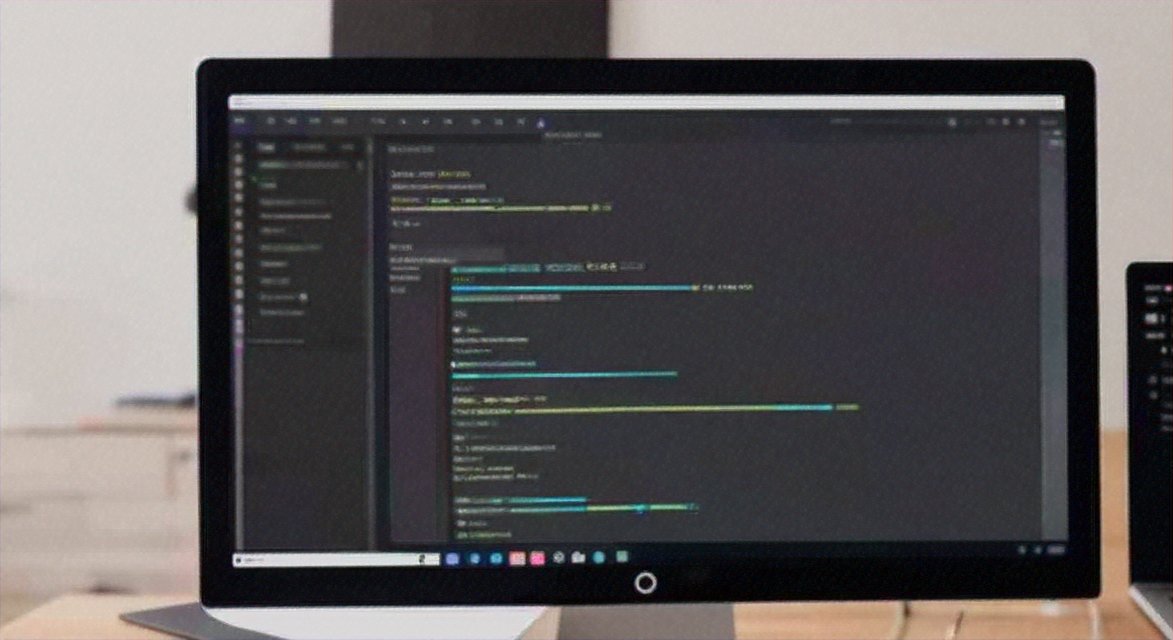Unlocking GraphQL Potential: Strategies for Converting Payloads to Queries 🚀

In the ever-evolving world of web development, GraphQL has emerged as a powerful alternative to traditional RESTful APIs. Its ability to fetch exactly the data you need, in a single request, makes it a favorite among developers. However, converting payload data to GraphQL queries can sometimes be a daunting task. In this article, we will explore various strategies to unlock the full potential of GraphQL by effectively converting payloads to queries.
Understanding Payloads and GraphQL Queries
Before diving into the strategies, let's clarify the difference between payloads and GraphQL queries.
Payloads are the data structures that represent the information sent from the client to the server. They can be in various formats, such as JSON or XML.
GraphQL Queries are the requests made by the client to the server, asking for specific data. They are written in GraphQL's query language and are used to fetch the required data from the server.
🌟 Why Convert Payloads to GraphQL Queries?
Converting payloads to GraphQL queries offers several benefits:
- Efficiency: Fetching only the required data reduces the amount of data transferred between the client and server, leading to faster response times.
- Flexibility: GraphQL allows clients to request exactly the data they need, reducing the need for multiple requests.
- Maintainability: With a clear understanding of the data structure, it becomes easier to maintain and update the API.
Strategies for Converting Payloads to GraphQL Queries
1. Analyze the Payload Structure
The first step in converting a payload to a GraphQL query is to analyze its structure. Identify the different data types and relationships between them. This will help you understand how to represent the data in GraphQL.
2. Define GraphQL Types
Based on the payload structure, define the corresponding GraphQL types. For example, if the payload contains a list of users, you can create a User type with fields like id, name, and email.
graphql type User { id: ID! name: String! email: String! }
3. Create GraphQL Queries
Once you have defined the types, create GraphQL queries that fetch the required data. Start by identifying the root query, which represents the entry point for fetching data.
graphql query { users { id name email } }
4. Optimize Queries for Performance
To optimize the performance of your GraphQL queries, consider the following tips:
- Use Query Parameters: GraphQL allows you to pass parameters to queries, which can be used to filter or sort the data.
- Leverage Caching: Implement caching mechanisms to reduce the load on the server and improve response times.
- Batch Queries: Combine multiple queries into a single request to reduce the number of round trips between the client and server.
5. Test and Iterate
After creating your GraphQL queries, test them to ensure they return the expected results. If you encounter any issues, iterate on your queries and types to improve their performance and accuracy.
Conclusion
Unlocking the full potential of GraphQL requires a thorough understanding of its query language and data structure. By following these strategies, you can effectively convert payloads to GraphQL queries, leading to more efficient and maintainable APIs. Remember to analyze the payload structure, define GraphQL types, create optimized queries, and test your queries regularly.
📚 References
- GraphQL: The Ultimate Guide
- GraphQL vs REST: A Comparison
- Optimizing GraphQL Queries
- GraphQL Best Practices
- GraphQL Schema Design

